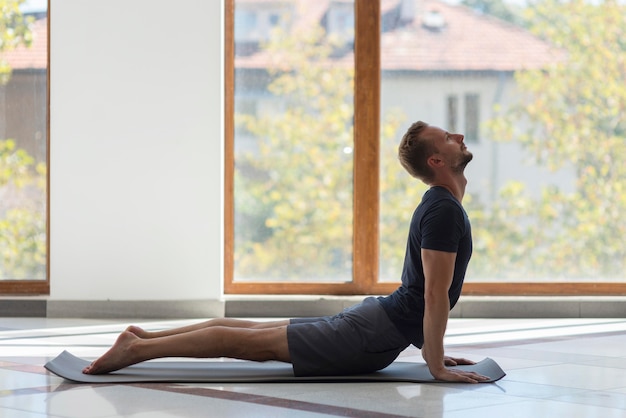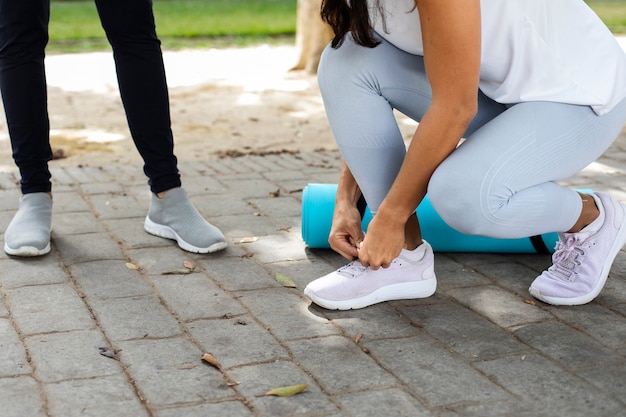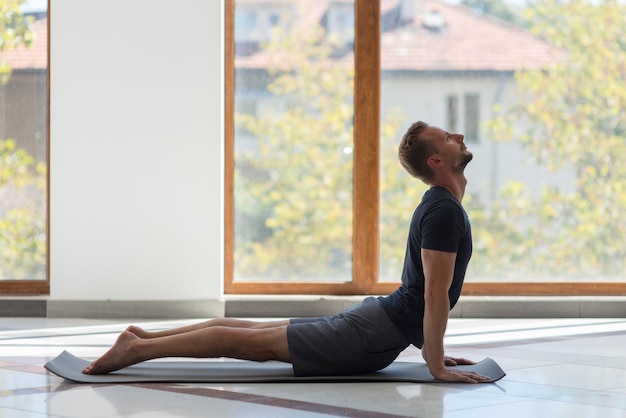Living with diabetes brings unique challenges, and one often overlooked aspect is posture. Poor posture doesn’t just affect how you look—it can impact circulation, nerve function, joint health, and even blood sugar control. For individuals managing diabetes, maintaining proper alignment is crucial to reducing the risk of complications like neuropathy, joint stiffness, and falls.
Below, we explore 20 common mistakes that silently sabotage your posture—especially if you have diabetes—and provide actionable, safe steps to correct them, complete with progress checks to track your improvement.
Sitting for long periods compresses the spine and weakens core muscles. For those with diabetes, this can worsen circulation and increase nerve pressure.
Solution: Stand or walk for 2–3 minutes every 30 minutes. Use a timer or smartwatch to remind you.
Progress Check: Track daily sitting breaks. Aim for at least 10 breaks in an 8-hour day.
Diabetic neuropathy can reduce foot sensitivity, leading to poor gait and misalignment. Unsuitable shoes worsen this.
Solution: Wear supportive, cushioned shoes with a wide toe box and non-slip soles.
Progress Check: Inspect your shoes weekly for wear. Replace every 6–12 months or as needed.
Hunching over a screen strains the neck and upper back, leading to forward head posture.
Solution: Adjust your monitor to eye level and use a chair with lumbar support.
Progress Check: Set a daily posture reminder. Use a mirror or camera to assess alignment weekly.
Weak core and back muscles contribute to poor posture. Strength training improves muscle tone and glucose uptake.
Solution: Perform bodyweight exercises like bridges, planks, and wall push-ups 2–3 times per week.
Progress Check: Track reps and duration. Aim for a 20% increase in endurance over 4 weeks.
Sleeping on your stomach twists the spine. Side sleeping without support can misalign the neck.
Solution: Sleep on your back with a supportive pillow. Use a body pillow if you're a side sleeper.
Progress Check: Rate morning stiffness on a scale of 1–10 weekly. Aim for a decrease.
This creates muscle imbalances and spinal tilt.
Solution: Use a backpack with padded straps or a rolling bag.
Progress Check: Monitor shoulder height symmetry in photos taken monthly.
Low blood sugar can cause dizziness and poor coordination, increasing fall risk during posture correction exercises.
Solution: Check glucose before and after workouts. Keep fast-acting carbs nearby.
Progress Check: Log glucose levels and symptoms during activity for 2 weeks.
Tight hip flexors and chest muscles pull the body out of alignment.
Solution: Stretch daily—focus on hamstrings, chest, and hip flexors.
Progress Check: Measure how far you can reach forward while seated. Track improvements monthly.
Looking down at your phone strains the neck—"text neck" is real.
Solution: Hold your phone at eye level. Take breaks every 15 minutes.
Progress Check: Use screen time tracking to reduce neck-down posture by 30% in 30 days.
Shifting weight to one leg causes pelvic tilt and back pain.
Solution: Stand with feet hip-width apart, weight evenly distributed.
Progress Check: Record a side-view video of your standing posture monthly.
Create a 6-week posture journal. Rate your daily posture, energy, and comfort from 1–5. Reassess every two weeks using photos, flexibility tests, and glucose logs during activity.
Improving posture with diabetes is not just about standing tall—it’s about supporting your overall health, enhancing mobility, and reducing complication risks. Start small, stay consistent, and celebrate every improvement.



Health

Health

Health

Health

Fitness

Wellness

Fitness

Wellness

Health

Wellness

Fitness

Fitness

Health

Fitness

Health

Health